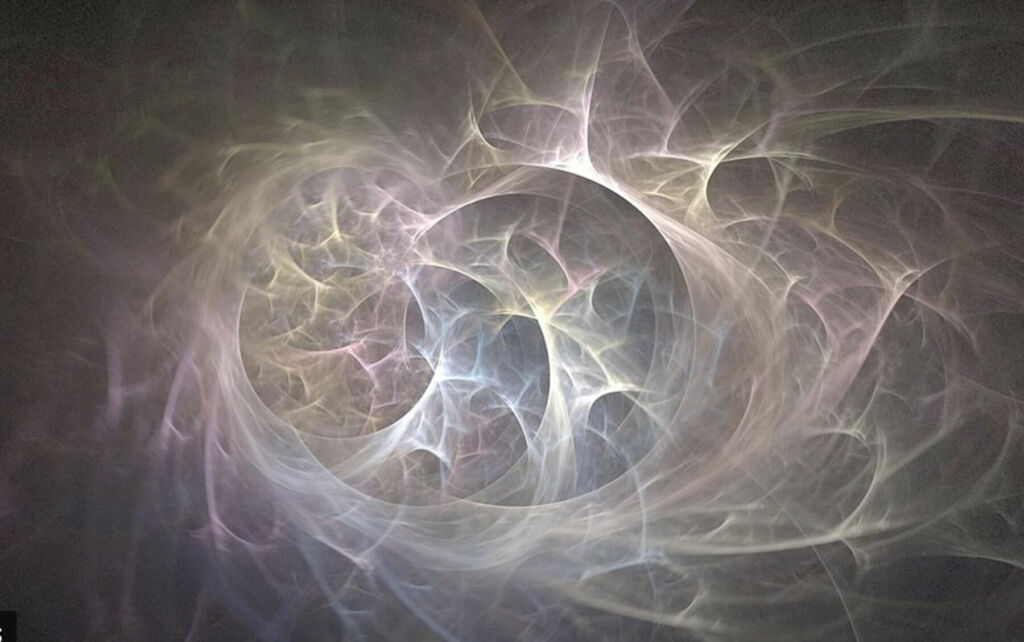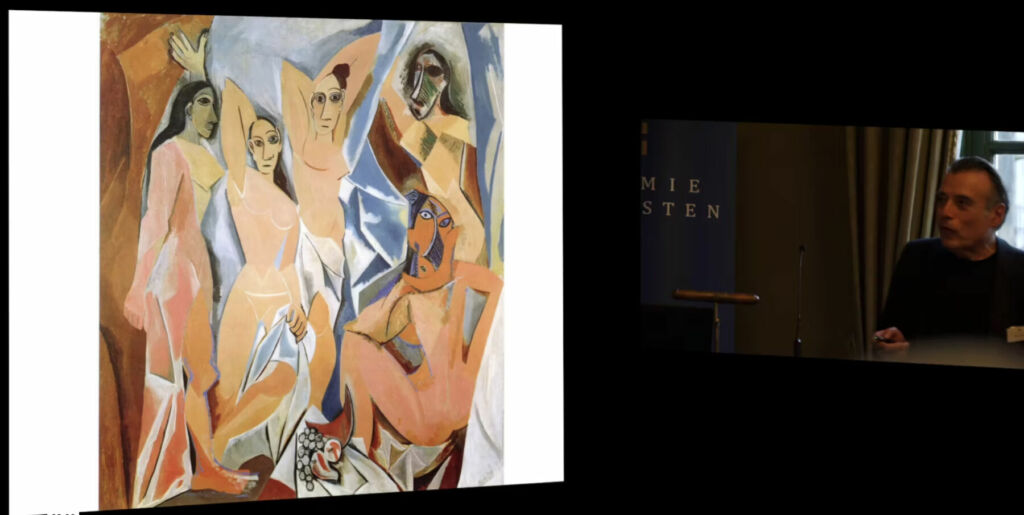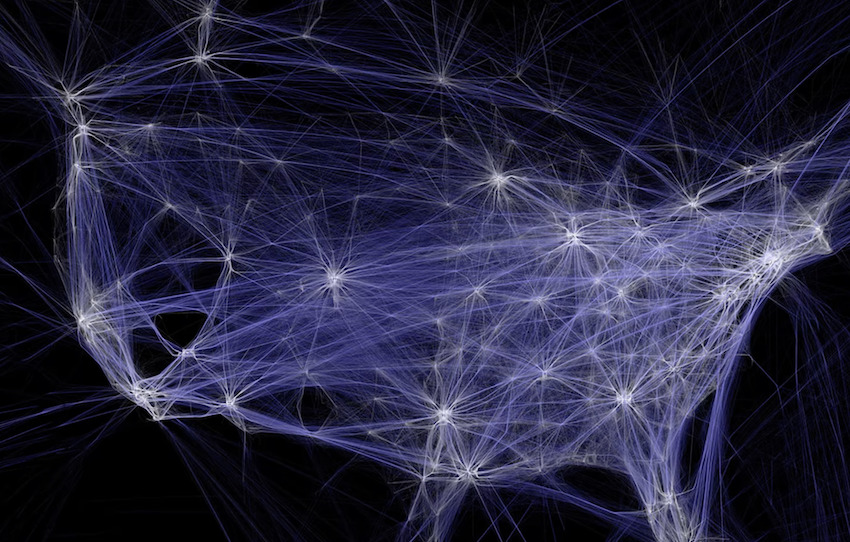Text by CLOT Magazine

Science is not only about experiments but also about understanding the natural and technological world around us by asking simple questions such as why, where and how.
Author Arthur I. Miller through his books takes our hands on an amazing journey in which the boundaries between science and art are blurred. Miller introduces us to science as an inspiring artistic medium for those that like to be between two shores.
For those who have a scientific background ‘Colliding Worlds: How Cutting-Edge Science is Redefining Contemporary Art’ is a reminder, an infinite lesson. But for those who science is “something that happens in a laboratory” it is an inspiring book that opens brilliantly a new window to understand and see science from a new point of view.

As a writer, your books, in particular, “Colliding Worlds”, are about how science redefines art. When and how did the fascination with Sciart/bio art come about?
At MIT I studied the theory of elementary particles but my passion was always in those “What is the Nature of…” questions. So it was inevitable that I would begin to change direction and eventually take the leap into the history of ideas.
After doing physics research for a few years I began to read the original German-language papers written by giants of twentieth-century physics – scientists steeped in philosophical thought such as Albert Einstein, Niels Bohr, Werner Heisenberg and Wolfgang Pauli.
They drove home to me the importance of visual thinking in highly creative research. I became interested in how visual images are constructed and stored in the mind and how they are accessed and then manipulated in thinking. I turned to cognitive science which gave me the means to structure my ideas.
My involvement with scientific creativity naturally led to my investigating such concepts as intuition, symmetry and beauty. This work, in turn, was influential in my studying the relationship between art and science, and so into the relationship between artistic and scientific creativity.
In the early 1920s, the Cubism style helped physicist Niels Bohr to determine the quantum theory when he compared the behaviour of electrons with the Cubist paintings. But, in your view, what is the biggest contribution of science to the arts?
The biggest contribution of science and technology to art is to produce a new 21st art in which the three are fused together. I call the products of this fusion ‘artsci’. These works are generated by areas such as data visualisation art, new sound art and robotic art among other vistas.
Is Bio Art blurring the boundaries between creative expressions and scientific research to make it more accessible to the public or it is challenging what society understands about it?
Bio Art is one of several manifestations of artsci and is the one perhaps most understandable to the general public. It explores how our bodies will undergo radical changes in the 21st century and carries the most ethical clout.
What are the biggest ethical challenges for Bio Art?
The biggest ethical challenge of Bio Art is not to produce harmful animal, human or microscopic forms of life in the course of an artistic pursuit
If you have the choice of being born in any period throughout history, which period you choose?
The present.
What is your chief enemy of creativity?
The chief enemies of creativity are malevolent influences of government or industry.
You couldn’t live without…
Coffee.






